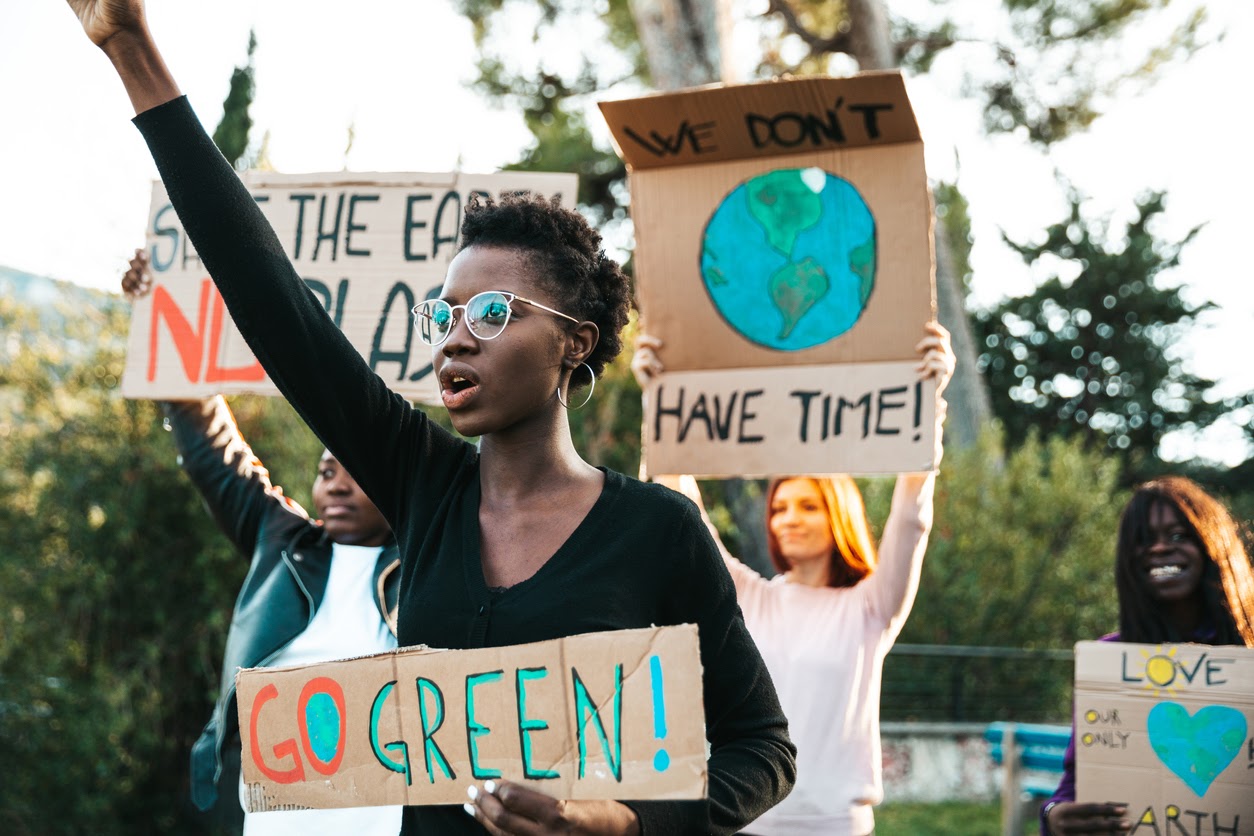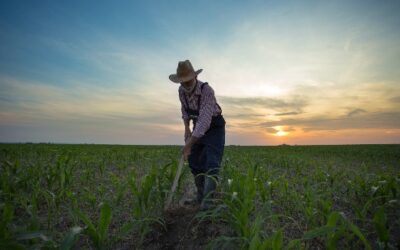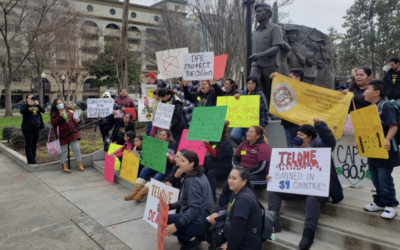From Oakland, CA, to Baltimore, MD, Youth are on Fire about Climate Change
Youth Vs Apocalypse
From Oakland, CA to Baltimore, MD, America’s youth are finding their voice and they are not happy with the way we, grown-ups, have been taking care of practically anything but especially how we have been dragging our policy feet on climate change. As nurses who understand the urgency of the climate health emergency, we couldn’t agree more. Some of our youthful climate activists are learning the ropes regarding civic engagement, a skill that will serve them well for the many challenges ahead. And they are bodacious! One of their larger and more widely visible organizations, Youth Vs Apocalypse, has been a key organizer of climate change events.
Youth Energy and Clarity
In a pre-pandemic San Francisco Climate Change demonstration that I attended, the clarity and focus of the youth demonstrators was impressive. Kalijah Bell, a 17-year-old African American, said, “I AM the next generation,” and he let us all know that he didn’t want people to die because (other) people don’t care. Ryan Murray, 16, proclaimed that “we’re trying to save the planet that we’re going to live on. That people who are making all these powerful decisions may not (even) be here.” As thousands of youth lead the march down Market Street, we adults followed in solidarity – health professionals, seniors, environmentalists, and others.

Greta – “…we will never forgive you.”
Unquestionably, the most globally-recognized youth spokesperson is Greta Thunberg, whose ability to speak truth to power has motivated youth (and adults) everywhere.
It’s both astounding and inspiring that our global spokesperson on climate change is a soft-spoken teenager. Her statements that “I have learned that you are never too small to make a difference” should be everyone’s anthem right now.
While she is soft spoken, her message can have a bite. In 2019, she addressed the United Nations Climate Summit with this warning: “The eyes of all future generations are upon you. And if you choose to fail us, I say – we will never forgive you.”
No Climate Health Without Climate Justice
This is not the first time that I have seen youth come alive around environmental health and justice. In 1996, I had a grant from the National Institutes of Environmental Health Sciences to work with urban youth in Baltimore City. It was part youth leadership development, part education, and part community-based participatory research. And a big part of it was the education that I received from young people living in some of Baltimore’s most challenged communities. When exploring the word “justice” one day, I learned how many of these youth had parents who were incarcerated. When discussing lead poisoning, I learned how many of their siblings and cousins were lead poisoned and how clearly they understood the dynamics of poverty and the power relations between landlords and renters as they related to the conditions of rental properties. It was unimaginable to them that the government could or even should protect them from lead or many of the other risks that they were learning about.
Permission to Pollute
Some of them lived in South Baltimore where residential communities sat side by side with pesticide manufacturing plants, sewage treatment facilities, and a dozen other major facilities. They noted that when companies apply for permits to release toxic chemicals into their community’s air or water, we should really call these permits “permission to pollute” so that community members would understand what these permits really are. They discovered that when the state issued a permit, it didn’t take into account the fact that there were 12 other permitted polluting enterprises in their neighborhood already. Rather, each permit was considered on its own merits, as though it was the only polluter in their community. The layers of environmental justice that we learned about together were unrelenting.
At the end of our first year in which the youth, who named themselves the Baltimore Environmental Justice Youth Council, had learned about a wide range of environmental health risks, they decided to sponsor a conference on what they learned. The conference was held in Orchard Church, a church that was built by 3 freed Black men and served as part of the underground railroad, including a stop on nurse Harriet Tubman’s passage to freedom. They named their city-wide conference – Endangered Species: Urban Youth.

In 2021, youth in South Baltimore are still lacking clean air, as seen in this photo of a demonstration demanding a closure of a neighborhood solid waste incinerator.
Many of the young people who I had the honor of working with are now turning 40.
I believe if they had to name a conference these days, they might more appropriately be naming it – Endangered: All the children of all the species. We knew then that children were being overwhelmed by environmental health risks and the evidence has kept mounting over the years. While climate change is the single biggest existential threat to humans, many communities have been and continue to be dreadfully impacted by everyday exposures in their air, water, food, and homes. As we move forward with our advocacy for climate health, and we must, we must concurrently make equal demands for climate justice and environmental justice.
No child, no community can be left behind.
Barbara Sattler, RN, DrPH, FAAN
Professor Emeritus, University of San Francisco
BOD Member, Alliance of Nurses for Healthy Environments (ANHE)
Leadership Council, CA Nurses for Environmental Health & Justice




